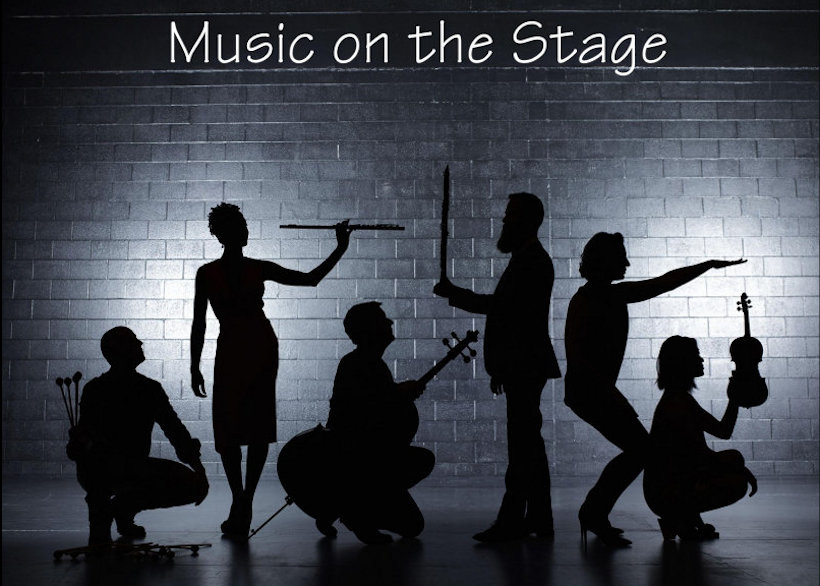4. Music of the Courts.
This class begins in England under Henry VIII and ends in France under Louis XIV. In both countries, musical
presentations at court began as tributes to the monarch or allegorical masques highlighting their supposed
virtues. In England, there would eventually be a shift towards standalone entertainment, temporarily halted
by the Civil War, but resuming at the Restoration in 1660. So it is a paradox to see the music of the French
court in the later 17th century return to a refined version of the masques and tributes of the earlier time—but
this was due to the personalities of Louis himself and his court composer Jean-Baptiste Lully.
In between these bookends, we visit Italy and the courts of the Medicis in Florence and the Gonzagas in Mantua.
Around 1600, court music in both places was similarly concerned with celebrating the rulers and their dynastic
marriages. But a new dramatic form was developing that would soon enter the public sphere and explode into the
craze for opera. There is a paradox here too. To make operatic narrative and depiction of character possible,
composers had to set aside their skills at multi-voice part writing in favor of a simple vocal line shaped by
the solo singer over improvised accompaniment: monody. It might seem a step backwards, but it was the key to
all that followed. rb.
The script, videos, and images will be posted immediately after class.
Here are brief bios of the artists, composers, and writers considered in the class, listed in order of birth.
 |
Hans Holbein the Younger, 1497–1543. German painter.
The son of a painter, Holbein was born in Augsburg but soon moved to Basel. He spent much of career in London, where he was court painter to Henry VIII; many of the leading figures of the time we now picture through his eyes. He favored a highly realistic style, full of details that fill out the life and circumstances of his sitters.
|
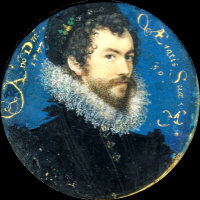 |
Nicholas Hilliard, 1547–1619. British miniaturist.
Hilliard is best known for his numerous portrait miniatures, capturing the personalities and styles of the Elizabethan and Jacobean courts, including portraits of the Queen herself over a 30-year span.
|
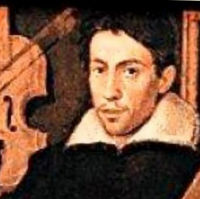 |
Giulio Caccini, 1548–1616. Italian composer.
Born and trained in Rome, Caccini was brought to Florence by Francesco de' Medici, as singer, choirmaster, and composer. He was one of the members of the Camerata gathered around Count Bardi, and as such was influential in the creation of opera and development of the new seconda prattica style.
|
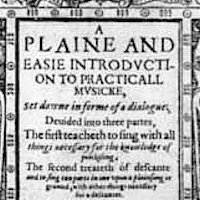 |
Thomas Morley, 1557–1602. English composer.
Organist of St. Paul's Cathedral, and the leading madrigal composer of the Elizabethan era, Morley was a friend of Shakespeare's and set songs from several of his plays, although it is not known if these were used in performance. [This is the title page of one of his publications; no portrait of him could be found.]
|
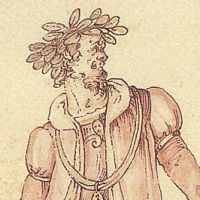 |
Jacopo Peri, 1561–1633. Italian composer.
Peri was a leading member of the Florentine Camerata in the late 16th century. His Dafne (1597, now lost) is regarded as the first opera. The picture shows him in the role of Arion
|
 |
Claudio Monteverdi, 1567–1643. Italian composer.
The towering genius of the first half of the 17th century, and a founding father of opera. Unfortunately, only three of his dozen operas survive: La favola di Orfeo (The Story of Orpheus), written for Mantua in 1607 and the earliest opera to remain in the general repertoire, and The Return of Ulysses and The Coronation of Poppea, both written for Venice at the end of his life.
|
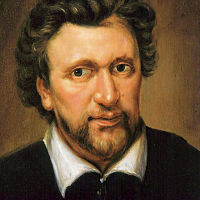 |
Ben Jonson, 1572–1637. English playwright and poet.
In contrast to his older contemporary Shakespeare, Jonson developed the "Comedy of Humours" in plays like Volpone and The Alchemist, based on recurrent personality types. In the Stuart era, he developed a new specialty, writing masques which were immensely extravagant but very popular with the court.
|
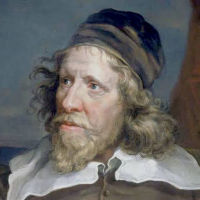 |
Inigo Jones, 1573–1652. English architect.
In buildings such as the Queen's House in Greenwich and the Banqueting House, Whitehall, Jones showed himself the first English master of classical architecture based on the precepts of Vitruvius and the example of Palladio.
|
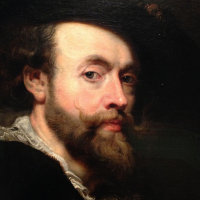 |
Peter Paul Rubens, 1577–1640. Flemish painter and diplomat.
One of the giants of baroque art, Rubens developed the style of Titian into a powerful rhetoric applied equally to sacred and profane subjects, and exerted enormous influence in Spain, England, and France as well as in his native Flanders, continued in the work of his many pupils. His position at so many courts also made him invaluable as a diplomat.
|
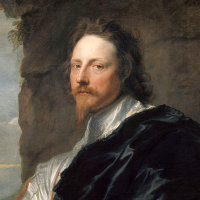 |
Nicholas Lanier, 1599–1666. English composer.
Lanier, who came from a French family, was unusual among British composers of his time in maintaining continental connections. In addition to composing music for Charles I (and doing occasional stage design), he traveled as his art agent; he was responsible, for example, in persuading Van Dyck to come to London. He also knew the music of Monteverdi at first hand, which influenced his own style.
|
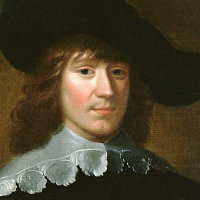 |
William Lawes, 1602–45. English composer.
Son of a choirmaster at Salisbury Cathedral, William Lawes was brought to London (with his brother Henry) by Prince Charles, and appointed a court composer when Charles became king. He wrote masques, a variety of part-songs and sacred music, and the suites for viol consort that are his greatest legacy. A Royalist in the Civil War, he lost his life in battle.
|
 |
Jean-Baptiste Poquelin (Molière), 1622–73. French playwright.
Molière might be set beside Racine as the comic and tragic masks respectively of French classical theatre. A working actor himself (he died acting in one of his own plays), he had a practical sense of what worked with an audience, including devices taken from popular comedy. But his willingness (like Shakespeare's) to occasionally write farce should not detract from his control of the French language, which was as great as Racine's.
|
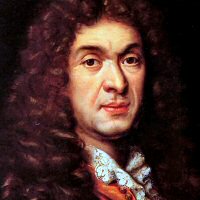 |
Jean Baptiste Lully, 1632–87. French composer of Italian origin.
Lully became master of music to Louis XIV, writing music in all genres, but most especially operas and ballets. His operas include Alceste (1675), Atys (1676), Persée (1682), and Armide (1686). For most of his career, no new music could be performed in France without his approval.
|
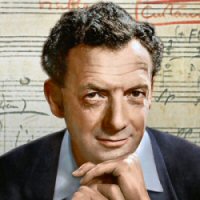 |
Benjamin Britten, 1913–76. English composer.
Arguably the leading opera composer of the mid-20th century, Britten's major operas have included Peter Grimes (1945), Billy Budd (1951), Gloriana (1953), A Midsummer Night's Dream (1960), and Death in Venice (1973), plus many stage works for smaller forces. He was equally active as a composer of instrumental music and text settings, and latterly as a conductor and accompanist.
|
